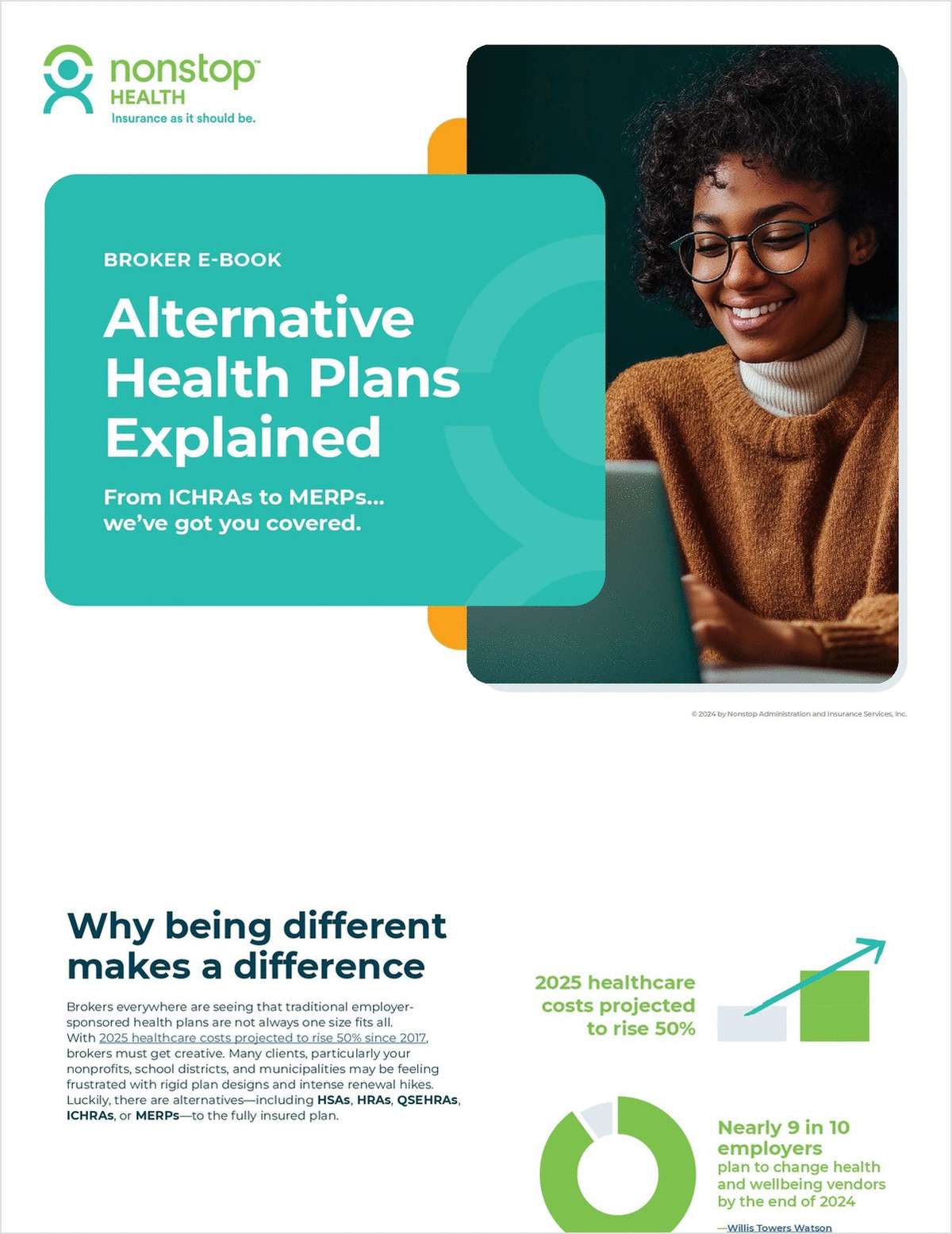 The self-funded model of employer-sponsored insurance (ESI) continues to grow, a new study in Health Affairs has found. The study said that self-funded insurance plans, which means the employer collects premiums and bears responsibility for paying claims, rose from 55% of the market in 2015 to 60% of the market in 2021. Most of the growth came in states that previously had a lower share of self-funded plans, but the model saw growth across most states.
The self-funded model of employer-sponsored insurance (ESI) continues to grow, a new study in Health Affairs has found. The study said that self-funded insurance plans, which means the employer collects premiums and bears responsibility for paying claims, rose from 55% of the market in 2015 to 60% of the market in 2021. Most of the growth came in states that previously had a lower share of self-funded plans, but the model saw growth across most states.
"We found that the nationwide increase in the prevalence of self-funded ESI was widespread, with most states (88%) and counties (78.2%) experiencing an increase in prevalence from 2015 to 2021," the study said. The study noted that this model carries more risk for employers as sponsors of health plans, and that they may be at a disadvantage when negotiating for lower prices. In addition, the study added, researchers and policymakers lack data when studying these questions, since ERISA laws exempt self-insured plans from many state regulations.
|80% of U.S. counties have a majority of enrollees in self-funded plans
The study said that for employer-sponsored insurance plans, a majority of enrollees were in self-funded plans in 2,532 counties in the U.S. in 2021. In addition, 475 counties (15.1% of counties) had more than 75% of ESI enrollees in a self-funded plan, while 85 counties (2.7%) had fewer than 25% of enrollees in a self-funded plan.
Complete your profile to continue reading and get FREE access to BenefitsPRO, part of your ALM digital membership.
Your access to unlimited BenefitsPRO content isn’t changing.
Once you are an ALM digital member, you’ll receive:
- Breaking benefits news and analysis, on-site and via our newsletters and custom alerts
- Educational webcasts, white papers, and ebooks from industry thought leaders
- Critical converage of the property casualty insurance and financial advisory markets on our other ALM sites, PropertyCasualty360 and ThinkAdvisor
Already have an account? Sign In Now
© 2024 ALM Global, LLC, All Rights Reserved. Request academic re-use from www.copyright.com. All other uses, submit a request to [email protected]. For more information visit Asset & Logo Licensing.








